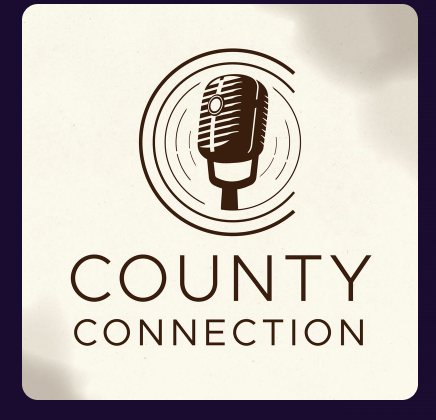Our June 27, 2017 blog discussed the significant transition to mobile banking that is occurring. To quickly rehash, we are only a few years away from having the Millennial Generation as the majority in the nation’s workforce. These will be the people who are purchasing houses, paying property taxes, consuming electricity, seeking licenses/permits, and saving for their children’s college. The higher education world is already heavily interacting with Millennials.

This is the generation that doesn’t use checks. So how does your organization plan on taking their payments?
We noted earlier that one of the biggest impediments to transitioning away from checks is charging so-called “convenience fees.” There is a need to move away from the inefficiencies of cash, checks, and in-person payments. But these darn convenience fees are keeping vast numbers of people from making payments electronically. As noted, very few people, if any, are eager or willing to pay an additional fee when making tax or similar payments. I can hear you asking, “So what can we do? We can’t afford or are ‘not allowed’ to absorb the interchange fees,”

Rest assured, your organization is not alone in this. So let’s learn from each other.
Start by recognizing that cash, checks, and in-person payments are inefficient—meaning there is already a cost and you are already paying it. Consider offering your constituents a transition period. This helps both you and them prepare for the change. Then consider some of the following options, each requiring you to study the pros and cons, but each capable of moving you along the path to increasing your electronic receipts:
Uniform convenience fee: As we’ve said, cash, checks, and in-person payments are expensive. Unless specifically prohibited by law in your state (and I don’t know of any that do), you can apply a uniform convenience fee to all payment types. Then people will pick the type most convenient for them—and likely for you, too.
No convenience fee: We see that those who do not charge a convenience fee enjoy a far greater volume of electronic payments. It’s not really all that radical. This option impacts the pricing of all services. You just need to figure out how much all fees need to go up to absorb the costs associated with increased electronic payment receipts. Cost increases spread across all services may not be that noticeable in any one transaction.
Give multiple electronic options: More and more smartphone and tablet apps are coming out each year as the financial industry seeks to make electronic payments quicker and easier. Each will likely have different pricing structures. Research your options and keep your eyes open for apps that will work best for you and your constituents.
Look at your options: The number of non-traditional financial providers (meaning other than banks) has increased in this era of apps for handheld devices. Check out these providers and see what they have to offer. Innovation is providing opportunities to lower costs for everyone.
As always, we at three+one are here to help you. We continually review all treasury services, seeking new and innovative ways to maximize value of your cash.
————————————
See Us At These Upcoming Events and Conferences:
Ohio GFOA – September
GFOA SC – October
PA GFOA – October


